5 things Google absolutely has to get right with the Pixel 5
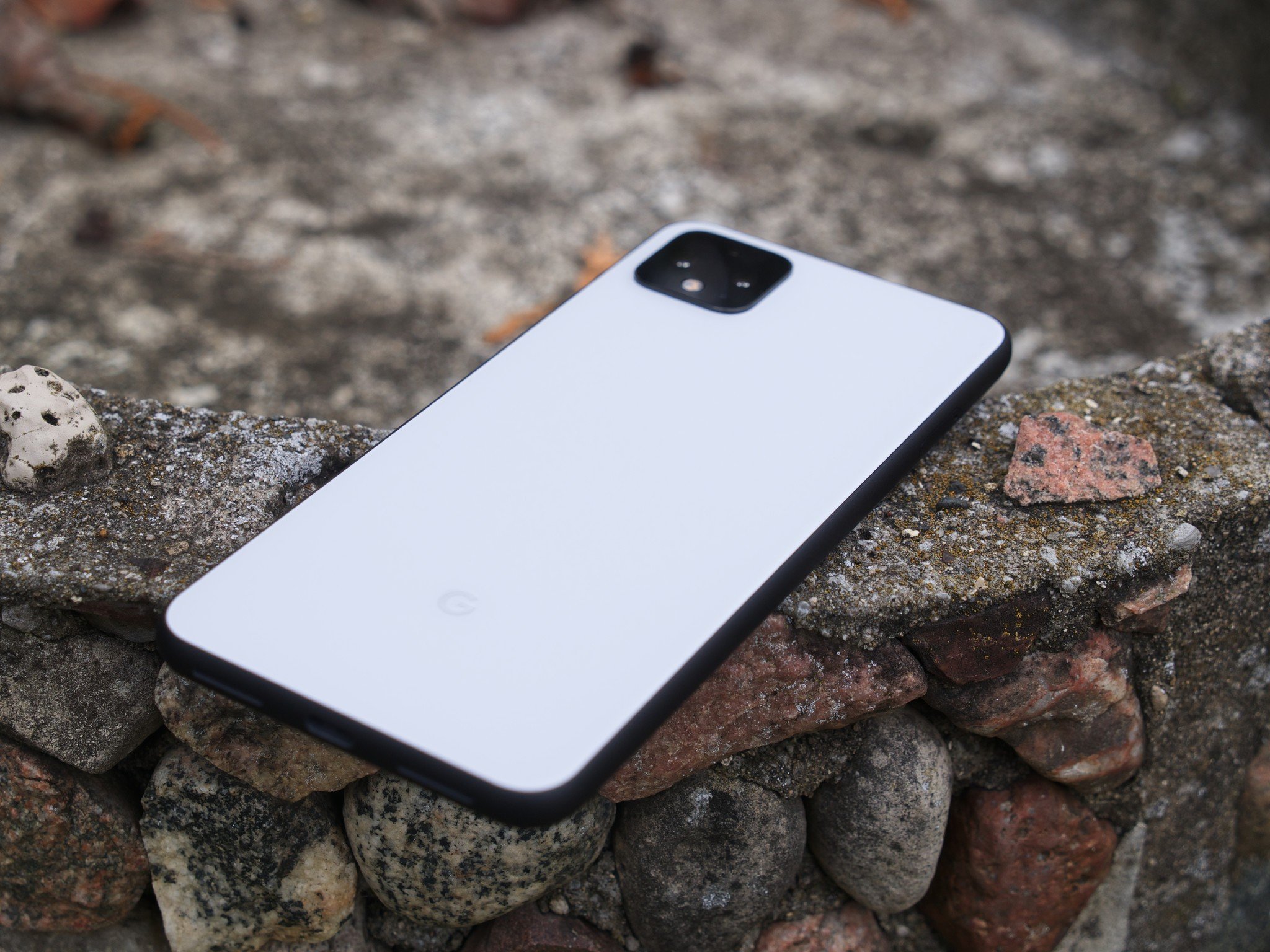
Ever since I got my hands on the Pixel 4 XL back in October, I've been defending it every chance I get. This year's Pixel lineup has been met with a heap of backlash and criticism, largely regarding the phones' poor battery life.
I've been enjoying every second of using my 4 XL, but I also understand that these phones simply do not work for a lot of people. Google will always have its little group of die-hard Pixel fans, but if the company wants to make its hardware more enticing to other buyers and not risk losing its current customers to the growing competition, some things need to change in 2020.
We're still quite a ways off from the Pixel 5, but when it's inevitably released next October, these are the five key areas Google absolutely has to get right.
Battery life
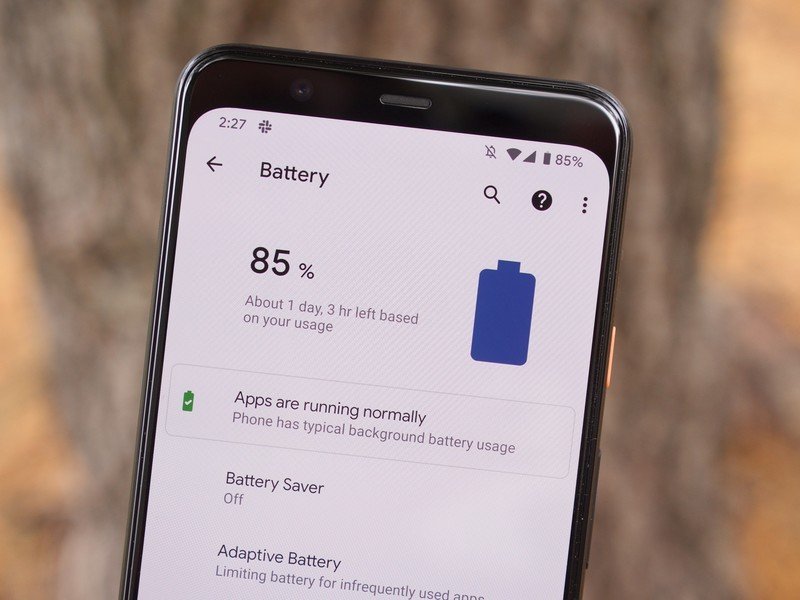
Without a doubt, the biggest knock against the Pixel 4 is its battery life. Especially on the smaller Pixel 4 (and the 4 XL for some people), the battery just doesn't last long enough for the phones to be viable options.
This is something Google struggled with in 2018 with the Pixel 3 series, and the Pixel 4 was arguably even worse. Battery life is one of the most important factors for any phone, so for Google to miss that mark two years in a row is pretty damning.
What makes this so frustrating is that this should be a fairly easy thing to resolve. Why does the Pixel 4 have such a hard time making it to the end of a day on one charge? Maybe because its battery is 2,800 mAh — not to mention that it has to power a 90Hz display.
A 2,800 mAh battery was never going to cut it.
So, how does Google not screw this up with the Pixel 5? Use. A. Bigger. Battery. That's it — that's all that needs to be done. Make the phone a little thicker, use a decently-sized battery, and voila.
Get the latest news from Android Central, your trusted companion in the world of Android
While I personally haven't had any significant complaints with the Pixel 4 XL's battery life, people shouldn't need to go with the larger, more expensive version of a phone just to get adequate endurance. The small Pixel needs to get better in these regards, and if Google messes this up again with the Pixel 5, it's going to be hard to keep recommending these phones to people.
Ultra-wide camera
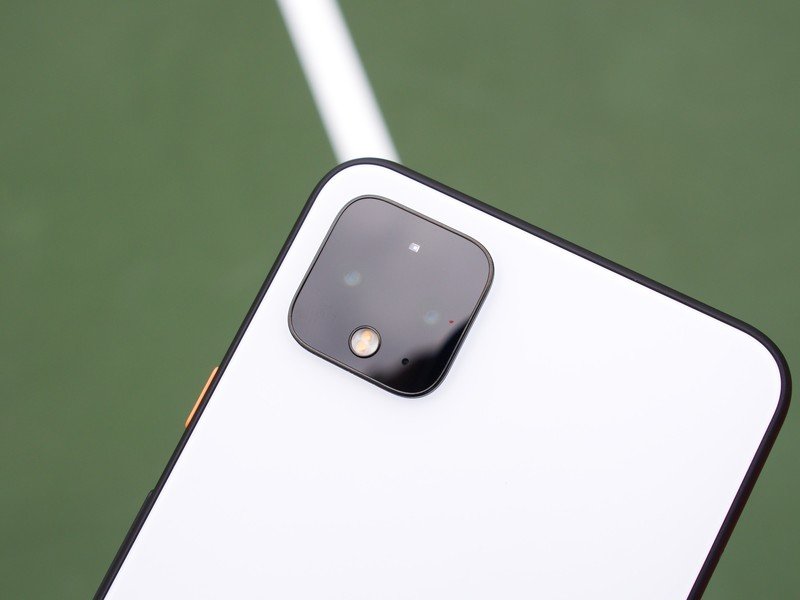
Out of all the phones I've used in 2019, the Pixel 4 has been one of my favorites to take pictures with. It's been extremely reliable, capturing gorgeous-looking photos in just about any setting.
The Pixel 4 marked the first time Google added a second lens to its rear camera, with all past Pixels before it only having a single rear camera. The telephoto camera on the Pixel 4 does perform admirably well, and I agree with Andrew that it's seriously underrated. However, that doesn't make me miss the absence of an ultra-wide camera any less.
At this year's Made by Google event, Google Research's Marc Levoy said:
While wide-angle can be fun, we think telephoto is more important.
Yes, wide-angle is a lot of fun, but saying that telephoto is "more important" as a way to justify not putting a wide-angle camera on the Pixel 4 doesn't cut it. As much as I love shooting with the Pixel 4, I know there have been cool photo opportunities I've missed simply for the fact that it doesn't have a wide-angle lens. This is an almost unforgivable omission for a flagship that was released in late-2019, so here's to hoping Google gets off its photography high horse in 2020 and allows its users to take pictures however they want.
Better storage options
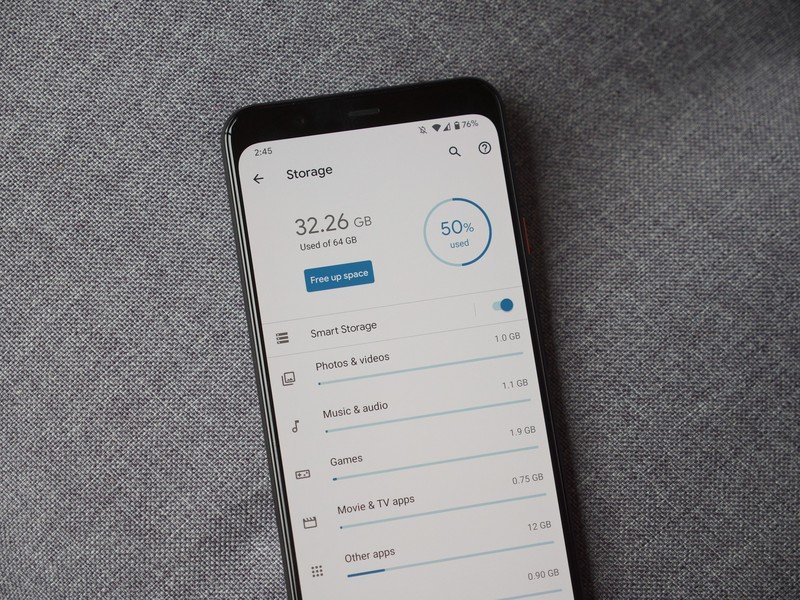
Similar to battery life, storage is another key component of a phone that can tarnish the user experience if not handled properly.
The Pixel 4 and 4 XL start at $799 and $899, respectively, and while you'd expect a lot of storage at those prices, those models only come with 64GB. If you want to upgrade to 128GB — the maximum amount of storage the phones support — you need to spend another $100.
This is a bad setup, and I say that as someone who has a 64GB Pixel 4 XL and has been getting along just fine with it. There are a few things, in particular, I take issue with:
- 64GB should not be the base storage amount for a flagship phone. Apple's guilty of this, and so is Google. That's fine if you're selling a mid-tier device, but for a flagship, 64GB doesn't cut it anymore
- Similarly, 128GB is too small to be the highest amount of storage that's offered. At the very least, 256GB should be an option, and probably even 512GB.
- All of this is made worse by the fact that the Pixel 4 doesn't support expandable storage and that unlimited original quality Google Photos backups are no longer offered.
Even if you and I can get by just fine with 64GB or 128GB of space, other people can't. If you're downloading Spotify songs for offline listening, loading the Pixel 4 up with movies for an upcoming road trip, and have a few games installed, that storage is going to be eaten through like nothing at all.
I don't see Google offering expandable storage anytime soon, so at the very least, the Pixel 5 needs to have a larger starting amount and more extensive options for people that want tons and tons of space.
Improved Motion Sense
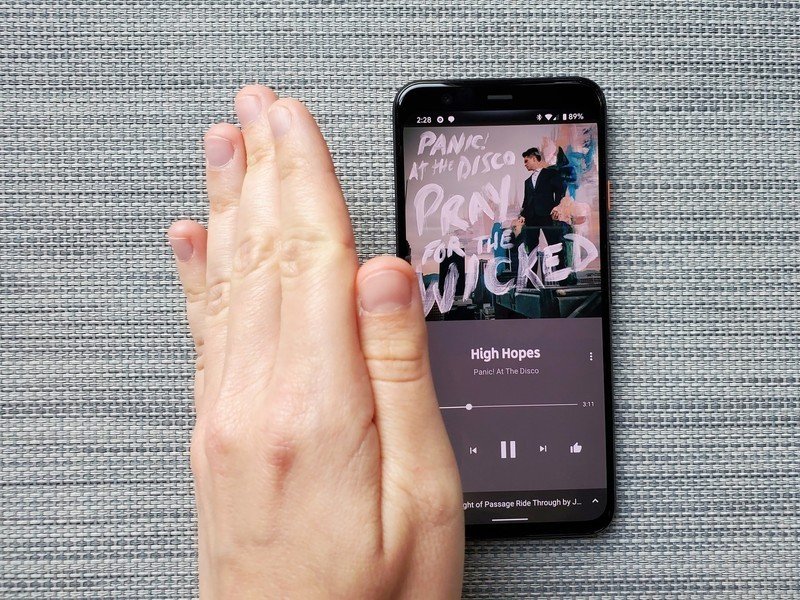
One of the Pixel 4's most unique, and controversial, features is Motion Sense. When Google first teased that it was incorporating its Project Soli radar technology into the phone, there was a lot of excitement about the possibilities this could bring to the Pixel 4. Instead, we got gestures for skipping songs, snoozing alarms, and dismissing phone calls — that's it.
I ended up liking Motion Sense a lot more than I had anticipated, but I also believe that the technology is severely underused on the Pixel 4. The forehead on the Pixel 4 is quite a bit bigger compared to other phones to accommodate its radar sensors, and I can't blame people that feel like Motion Sense doesn't justify its impact on the Pixel 4's design.
In its current state, Motion Sense doesn't fully justify its existence.
Skipping through songs by waving my hand over the Pixel 4 is fun, but that's about all I use it for. I wish I could use it to adjust my phone's volume, scroll through web pages, etc., but it's very limited in its supported functions.
I can't imagine Google ditches Motion Sense on the Pixel 5, so assuming the technology sticks around for another year, I'd love for Google to untap its full potential. If and when that happens, Motion Sense could be a genuine reason to buy a Pixel over something else.
Price
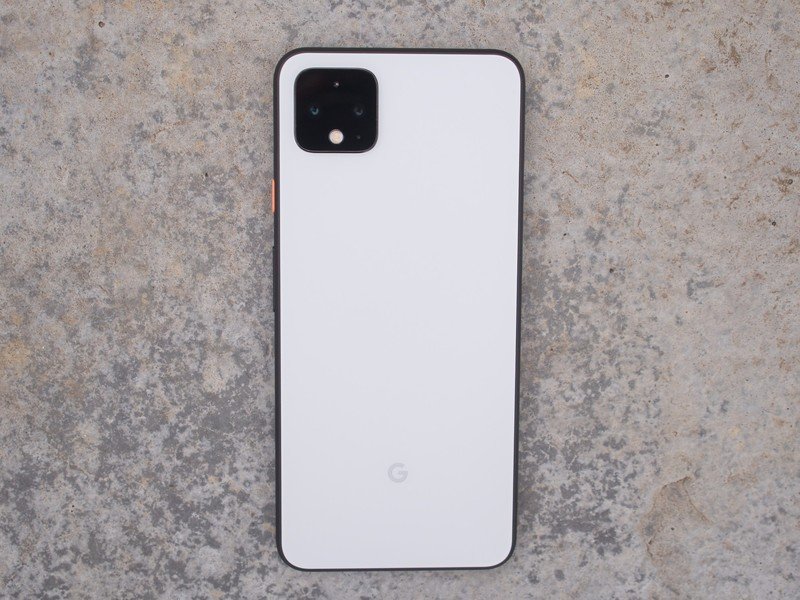
Last, but most certainly not least, is the matter of price.
I'm fine with Google wanting to market the Pixel as a flagship phone, but compared to the vast sea of competition, there's no denying that it's a tough sell.
Take the Pixel 4, for example. At first glance, it has an outdated design, only two rear cameras, and a steep $799 asking price. When you stack that up against the $599 OnePlus 7T with a flashier design and more rear cameras, Samsung's Galaxy S10 that's only $100 more, or even Google's own $399 Pixel 3a, the value proposition is hard to find.
There's also the issue of Google almost immediately discounting the Pixel just a month after it's announced. This year saw the Pixel 4 getting a $200 price cut for Black Friday / Cyber Monday, with it still possible to pick it up for $120 off.
If Google's so eager to slash prices, why not just make those the MSRP? If Google had come out with the Pixel 4 for just $599 at launch, it would have been a lot more appealing than it ended up being.
A lower-than-usual retail price for the Pixel 5 could really change the conversation we typically have about Google's flagship, and all for the better. This seems like the thing least-likely to happen compared to everything else mentioned above, but at some point in the near future, Google needs to realize that its current pricing strategy doesn't work.

Joe Maring was a Senior Editor for Android Central between 2017 and 2021. You can reach him on Twitter at @JoeMaring1.

